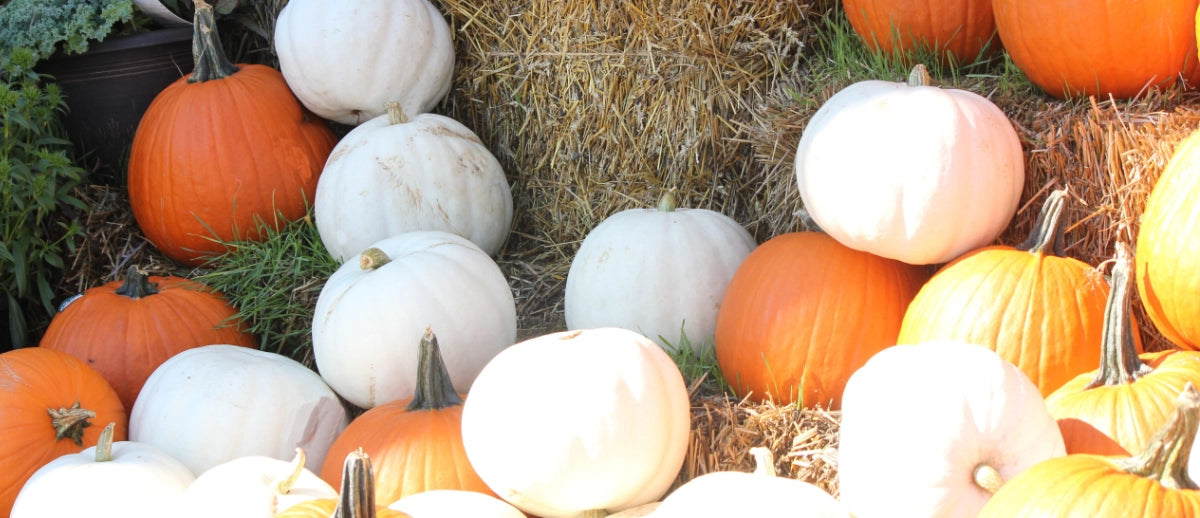When considering the cultivation of pumpkins, gardeners are presented with a diverse array of varieties, each offering unique characteristics in terms of size, color, flavor, and intended use. Traditional varieties like the 'Connecticut Field' pumpkin are quintessential for carving due to their large size and deep orange hue, perfect for Halloween Jack O' Lanterns. For those interested in ornamental displays, 'Cinderella' pumpkins, also known as Rouge Vif d'Etampes, provide a stunning, flat, ribbed appearance with vibrant, almost fairy-tale-like red-orange skin, making them ideal for both decorative and culinary uses, although they are less common for carving. Then there are the miniatures, such as the 'Baby Boo' and 'Jack Be Little', which are miniature white and orange pumpkins respectively, perfect for small spaces or for creating intricate, detailed carvings or decorations.
For culinary enthusiasts, selecting the right pumpkin variety can significantly enhance dishes. 'Sugar Pie' pumpkins, for instance, are celebrated for their sweet, fine-grained flesh, which makes them particularly suitable for pies, soups, and other recipes where flavor and texture are paramount. Another variety, the 'Cheese Pumpkin', named for its wheel of cheese shape, offers a denser, less stringy flesh than its counterparts, making it excellent for baking or roasting. Additionally, for those looking to grow something a bit exotic, varieties like the 'Blue Jarrahdale' with its blue-gray skin or the 'Long Island Cheese' with its distinctive tan color and cheese-like shape, not only bring visual interest to the garden but also offer robust, flavorful flesh for cooking. Each variety, with its specific growth requirements and maturity times, allows gardeners to tailor their pumpkin planting to both aesthetic and culinary preferences, ensuring that there's a pumpkin for every purpose.


